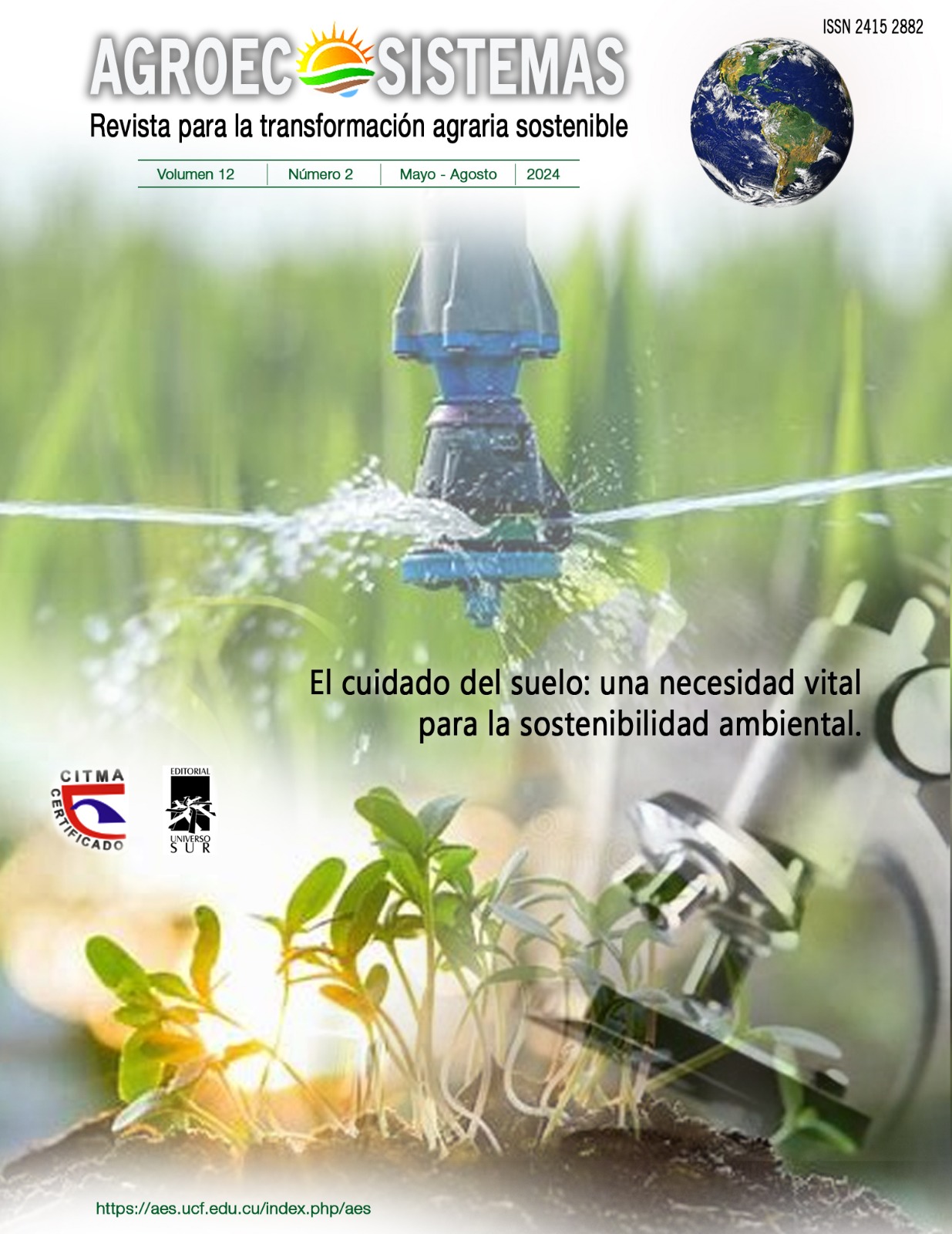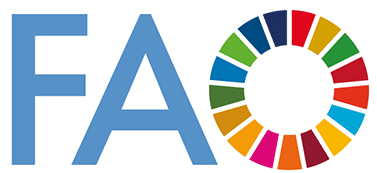Characterization of damage caused by insect pests to sugar cane and management recommendations in Ecuador
Abstract
The cultivation of sugar cane represents more than 8% of GDP in Ecuador's economy. The research was carried out with the objective that sugarcane growers, professionals, students, and the general population have updated reference material that allows the identification of the main pest insects that can cause damage to their plantations, as well as, avoid or reduce losses that these enemies may cause to the sugarcane plantations. The tropical conditions present in the area where the sugar mills are located are favorable for the development of insect pests in sugarcane plantations, which is why permanent monitoring and control of those that affect this crop is carried out; the main ones being leafhopper (Perkinsiella saccharicida Kirkaldy), stem borer (Diatrae saccharalis Fabricius), spittlebug (Mahanarva andigena Jacobi) and striped weevil (Metamasius hemipterus L.); Timely management of these insects prevents them from causing large losses, which is fundamentally done through biological control as it is the most efficient way and does not cause damage to the environment.
Keywords: Sugarcane, Insect pests, Biological control.
Downloads
Published
How to Cite
Issue
Section
License
Copyright (c) 2024 Agroecosystem Transformation Journal

This work is licensed under a Creative Commons Attribution-NonCommercial-NoDerivatives 4.0 International License.
La editorial "Universo Sur", de la Universidad de Cienfuegos, publica el contenido de la Revista Científica Agroecosistemas bajo una Licencia Creative Commons Atribución-NoComercial-SinDerivar 4.0 Internacional.
© Podrá reproducirse, de forma parcial o total, el contenido de esta publicación, siempre que se haga de forma literal y se mencione la fuente.







